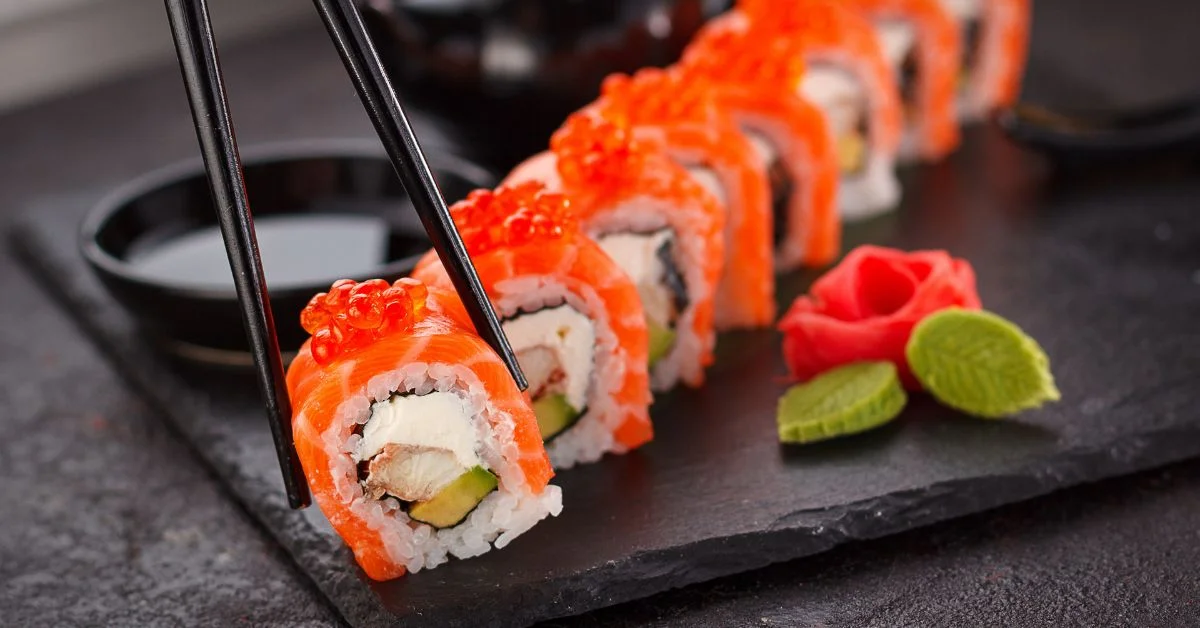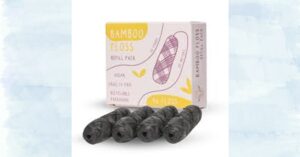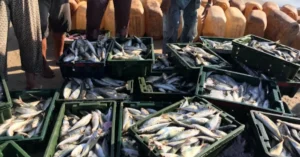The bright topping on your sushi roll is only the beginning of what masago has to offer. It’s a small powerhouse of taste, nutrition, and culinary adaptability. If you enjoy sushi or are curious about seafood specialties, learning about masago and its uses can enrich your dining experience and expand your knowledge of food.
What Is Masago?
A little feeder fish native to the icy seas of the North Atlantic, North Pacific, and Arctic, masaago is really the roe, or eggs, of the capelin fish. This is a staple in Japanese sushi because of its small size, crunchy texture, and salty-sweet taste.
You can add a pop of color and umami flavor to rolls, sashimi, or salads with these tiny dyed beads in orange or yellow.
Where Does Masago Come From?
During the spawning season, female capelin are taken for their masago. To improve flavor and prolong shelf life, eggs are handled with care, typically curing them in salt. Although it originates in the northern waters, the fishing-savvy nations of Japan, Iceland, and Norway process a disproportionate share of the world’s masago.
Masago vs. Tobiko vs. Caviar: What’s the Difference?
These three terms are often confused, but they have distinct origins and characteristics:
| Feature | Masago | Tobiko | Caviar |
| Fish Source | Capelin | Flying Fish | Sturgeon |
| Color | Naturally pale; dyed | Naturally bright orange | Black to gray (natural) |
| Texture | Fine and delicate | Slightly crunchier | Creamy and smooth |
| Cost | Affordable | Mid-range | Expensive (luxury product) |
| Usage | Sushi, garnish | High-end sushi, decoration | Fine dining, gourmet cuisine |
It is often used as a budget-friendly substitute for tobiko but provides similar visual and textural appeal.
Health Benefits of Masago
This is more than a garnish—it’s surprisingly nutritious:
- High in Protein: A tablespoon contains around 6 grams of protein.
- Rich in Omega-3 Fatty Acids: These healthy fats are known to support brain and heart health.
- Low in Calories: With only about 40 calories per tablespoon, this is a guilt-free addition to meals.
- Packed with Micronutrients: Including vitamin B12, selenium, and magnesium.
Nutritional Snapshot (Per Tablespoon):
- Calories: 40–50
- Protein: 6g
- Fat: 2–3g
- Omega-3s: 200–300 mg
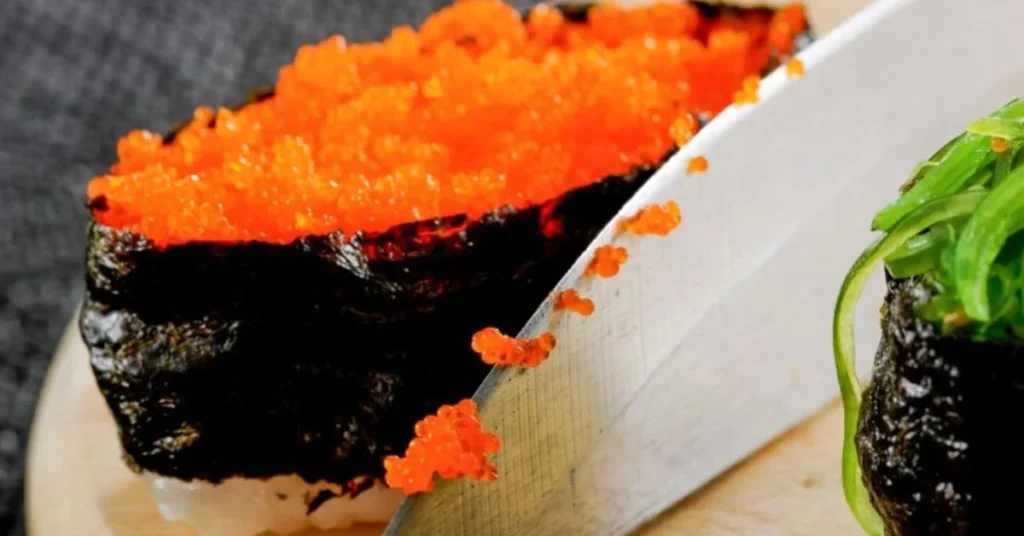
Is Masago Safe to Eat?
Generally, yes—but there are a few considerations:
- Allergies: This is a fish product and may cause reactions in those with seafood allergies.
- Sodium Content: Due to curing, it can be high in salt—something to watch for if you’re on a low-sodium diet.
- Pregnancy: Raw fish roe may carry risks for pregnant individuals unless pasteurized.
Always buy masago from reputable sources to ensure safety and quality.
Culinary Uses of Masago
This is prized for its ability to enhance texture and flavor without overpowering dishes. Popular uses include:
- Sushi Rolls: Sprinkled on top of rolls like California or Dragon Rolls.
- Sashimi Bowls: Mixed into poke bowls or donburi for added crunch.
- Sauces: Blended into spicy mayo or creamy dressings.
- Appetizers: Masago-topped deviled eggs or avocado toasts.
Pro Tip:
Try mixing masago with a little mayonnaise, sriracha, and lemon juice for an easy spicy sushi topping at home.
| Category | Details |
|---|---|
| What is Masago? | Roe (eggs) of the capelin fish, commonly used in Japanese cuisine, especially sushi. |
| Origin | Harvested from capelin in North Atlantic, Pacific, and Arctic oceans. Processed in Japan, Norway, and Iceland. |
| Color & Appearance | Small, bead-like, naturally pale but often dyed bright orange or yellow for visual appeal. |
| Flavor Profile | Mild, salty, slightly sweet, with a crunchy texture. |
| Common Uses | Sushi topping, poke bowls, dressings, sauces, deviled eggs, and appetizers. |
| Nutritional Benefits |
|
| Safety Considerations |
|
| Buying Tips |
|
| Storage Instructions |
|
| Environmental Impact | Look for MSC-certified brands and support sustainable fisheries to protect marine ecosystems. |
| Comparison |
Masago vs Tobiko vs Caviar Masago: Affordable, fine texture, from capelin Tobiko: Crunchier, from flying fish Caviar: Creamy, expensive, from sturgeon |
Buying and Storing
When buying masago:
- Look for bright color and fresh smell—no fishy odor.
- Choose brands with minimal additives or dyes if you prefer natural products.
- Check expiration dates and storage instructions.
Storage Tips:
- Refrigerate immediately after opening.
- Use within 4-5 days.
- For longer storage, freeze in an airtight container for up to 6 months.
Environmental Considerations
Capelin are a key species in the marine food chain, making sustainable harvesting crucial.
- Look for MSC (Marine Stewardship Council) certification when possible.
- Support brands that practice responsible fishing to help protect ocean ecosystems.
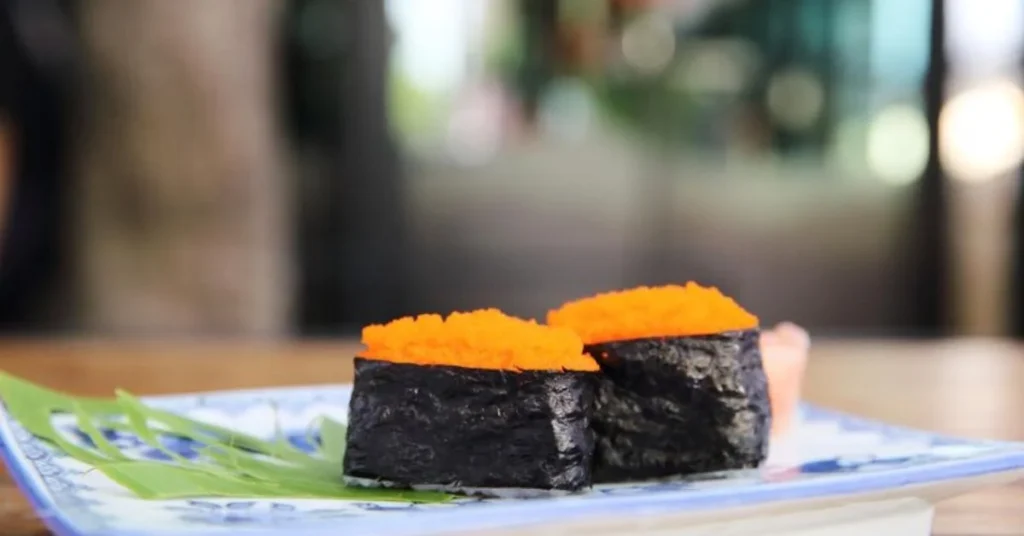
Conclusion
Masago packs a large nutritional and taste punch for such a little ingredient. It may be a delicious, entertaining, and nutritious complement to any dish, whether you’re a sushi connoisseur or simply trying new cuisines from around the world. It’s cheap, simple to use, and can be used in a variety of dishes.
FAQs
Is this raw?
Yes, unless labeled otherwise. It’s typically cured but not cooked.
Does it taste fishy?
No, it has a mild, slightly salty flavor with subtle sweetness—far less intense than caviar.
Is it gluten-free?
Pure masago is gluten-free, but some flavored varieties may contain soy sauce or additives—check the label.
Can you eat masago on its own?
Absolutely! Many people enjoy it as a small side or mixed with rice.

